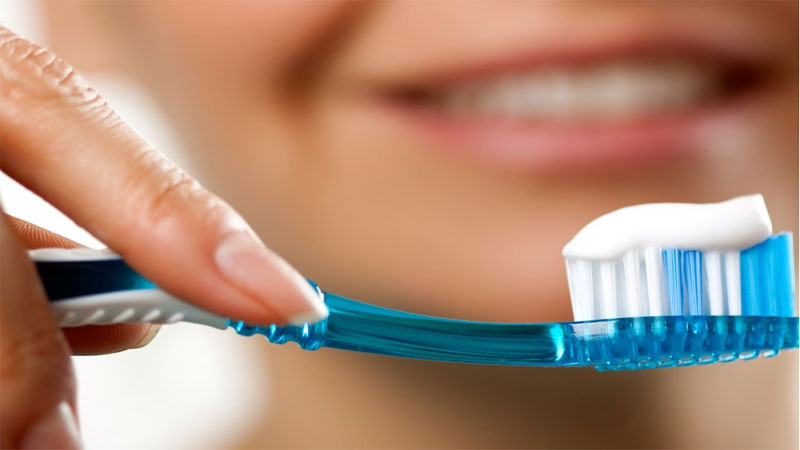Healthy teeth and gums make it easy for you to eat well and enjoy good food. Several problems can affect the health of your mouth, but good care should keep your teeth and gums strong as you age. Tooth Decay Toothbrushes and toothpaste for healthy teeth and gums
Teeth are covered in a hard, outer coating called enamel. Every day, a thin film of bacteria called dental plaque builds up on your teeth. The bacteria in plaque produce acids that can harm enamel and cause cavities. Brushing and flossing your teeth can prevent decay, but once a cavity forms, a dentist has to fix it.
Use fluoride toothpaste to protect your teeth from decay. If you are at a higher risk for tooth decay (for example, if you have a dry mouth because of a condition you have or medicines you take), you might need more fluoride. Your dentist or dental hygienist may give you a fluoride treatment during an office visit or may tell you to use a fluoride gel or mouth rinse at home.
Gum Disease
Gum disease begins when plaque builds up along and under your gum line. This plaque causes infections that hurt the gum and bone that hold your teeth in place. Gum disease may make your gums tender and more likely to bleed. This problem, called gingivitis, can often be fixed by brushing and flossing every day.
A more severe form of gum disease, called periodontitis, must be treated by a dentist. If not treated, this infection can ruin the bones, gums, and other tissues that support your teeth. Over time, your teeth may have to be removed.
To prevent gum disease
Brush your teeth twice a day with fluoride toothpaste.
Floss once a day.
Visit your dentist regularly for a checkup and cleaning.
Eat a well-balanced diet.
Quit smoking. Smoking increases your risk for gum disease.
How to Clean Your Teeth and Gums
There is a right way to brush and floss your teeth. Every day: Gently brush your teeth on all sides with a soft-bristle brush and fluoride toothpaste.
Use small circular motions and short back-and-forth strokes.
Brush carefully and gently along your gum line.
Lightly brush your tongue to help keep your mouth clean.
Clean around your teeth with dental floss. Careful flossing removes plaque and leftover food that a toothbrush can’t reach. Rinse after you floss.
Use an electric or battery-operated toothbrush.
Slide a bicycle grip or foam tube over the handle of the toothbrush.
Buy a toothbrush with a larger handle.
Attach the toothbrush handle to your hand with a wide elastic band.
See your dentist if brushing or flossing causes your gums to bleed or hurts your mouth. If you have trouble flossing, a floss holder may help. Ask your dentist to show you the right way to floss.
Dentures
Sometimes, false teeth (dentures) are needed to replace badly damaged teeth. Partial dentures may be used to fill in one or more missing teeth. Dentures may feel strange at first. In the beginning, your dentist may want to see you often to make sure the dentures fit. Over time, your gums will change shape, and your dentures may need to be adjusted or replaced. Be sure to let your dentist handle these adjustments. Be careful when wearing dentures, because it may be harder for you to feel hot foods and drinks or notice bones in your food. When learning to eat with dentures, it may be easier if you:
Start with soft, non-sticky food.
Cut your food into small pieces.Chew slowly using both sides of your mouth. Keep your dentures clean and free from food that can cause stains, bad breath, or swollen gums. Brush them every day with a denture-care product. Take your dentures out of your mouth at night, and soak them in water or a denture-cleansing liquid.
Dry Mouth
Dry mouth happens when you don’t have enough saliva, or spit, to keep your mouth wet. It can make it hard to eat, swallow, taste, and even speak. Dry mouth can accelerate tooth decay and other infections of the mouth. Many common medicines can cause this problem.

